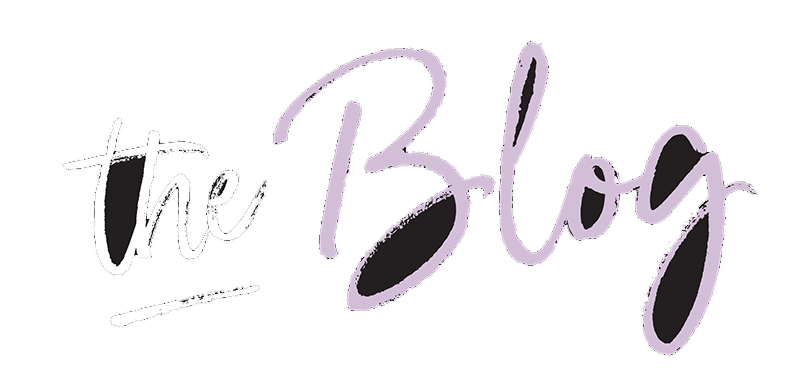Many patients that see me in consultation are desirous of facial rejuvenation with as little down-time as possible. Some are just not ready or willing to have elective surgery. Luckily, I am practicing in an era during which there are many tools available to me and my patients that are effective at facial rejuvenation and do not require surgery. However, it is important that patient have realistic expectations about what non-invasive treatments can accomplish. No injectable treatment is going to tighten saggy neck skin or lift and thin out a jowl, but for fine wrinkling, folds and furrows, injectable agents are the ticket.
In this article I will explain the difference between Botox and filler agents and discuss their appropriate uses. Botox is a protein that acts as a neurotoxin. It is produced by bacteria called Clostridium botulinum. This strain of bacteria also produces the toxin that can cause food poisoning called botulism. The neurotoxin in Botox is absorbed into nerve cells in the area of injection. The toxin then blocks the nerve from sending signals to the muscles in the area. This temporarily diminishes or prevents the target muscle from contracting. In certain areas of the face, such as between the eyebrows, across the forehead and at the outer corner of the eyes, muscular contraction leads to skin wrinkling. Diminishing the force with which these muscles contract diminish the wrinkles.
As many of you know, I prefer a natural appearing face, and natural faces can move. Consequently, I prefer low dose Botox that allows the muscles to move, but not as forcefully, so wrinkles are diminished but the face does not look like a mannequin. The treatment is performed in the office and is very well tolerated. Topical numbing cream is applied to the areas of treatment, and then Botox is injected with a very small needle into the desired areas of effect. The treatment is very well tolerated by patients. Post-treatment, it is important to avoid heavy activities for a couple of hours so the medication does not diffuse into other areas. The effect is noticeable in two to seven days. Most patients choose to be re-treated at three to six month intervals to maintain the effects.
Side effects are very rare. For those who are allergic to eggs, an allergic reaction is possible. Bruising is uncommon, but it is wise to hold agents that increase the incidence of bruising for a week before treatment. Aspirin, ibuprophen, vitamin E, and fish oil all fall into this category. Very rarely, the eyelid can droop temporarily when the brow area is treated. This is a temporary issue that can be corrected with eye drops until normal position returns. Botox is used in some non-cosmetic indications such as severe neck spasm associated with cerebral palsy. There have been more serious outcomes in these patients in whom much higher doses are used, but not in cosmetic patients.
Patients frequently believe that filler agents such as Juvederm and Radiesse are the same or interchangeable with Botox. This is a very common misunderstanding. Botox is used to decrease muscular contraction in the face and soften surface wrinkling. Filler is used to raise, elevate and fill areas of the face where significant loss of collagen associated with aging has lead to folds and furrows. Filler is frequently injected into the “parentheses lines” between the nose and the corner of the mouth, or in the “marionette lines” that extend between the corner of the mouth and the chin area. It can also be used to add volume to areas where tissue has atrophied with aging such as the cheeks, or the lips.
There are many different types of filler. Once again because of my desire for more natural results, I prefer Juvederm which is composed of hyaluronic acid. This compound is native to your body, so there is no possibility of rejection. Test doses are not required, and side effects are very rare. Bruising and mild swelling can occur. The results are immediate and rarely have to be re-treated earlier than a year later. This treatment is also performed in the office with topical numbing cream applied prior to injection.
Many of the other filler products feel unnatural to me, and have higher complication rates, including cyst formation, visible lumps, and scarring. I choose not to offer the permanent or semi-permanent injectable fillers because of this higher side effect profile.
I am frequently asked which of these treatments are most effective. The answer is both! Most people over forty have fine wrinkling which is a good target for Botox, and furrows and folds that are nicely improved with filler. Once patients have experienced the wonderful improvements they achieve with Botox and filler, they don’t have to be reminded to keep their maintenance appointments.
Categorized in: Non-surgical Procedures, Popular


